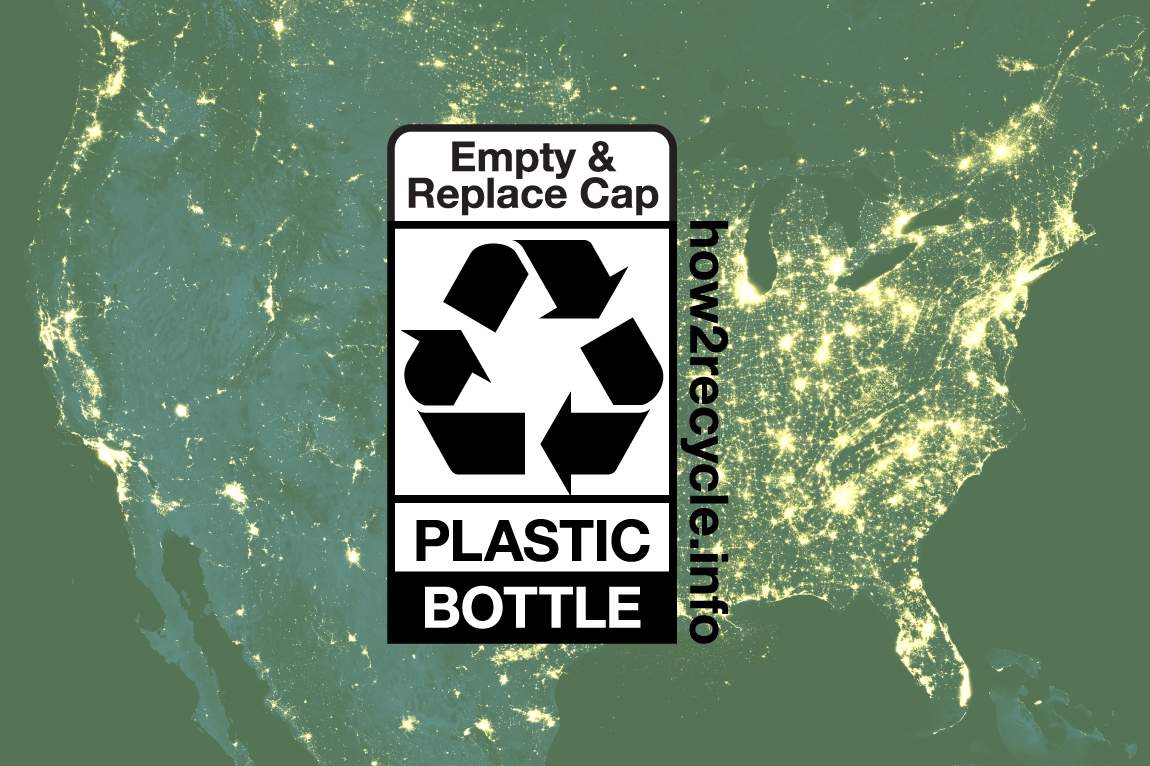You know on plastic packaging, sometimes you’ll see a number on the bottom? And how most people think it means that the package is recyclable? Or they may think that in order to be able to recycle something in their town, it must have the number on it? Well, not so fast. It’s a little more complicated than that. We’re here to help explain.
These numbers were developed in the 1980s by people behind-the-scenes of recycling for people behind-the-scenes of recycling. They stand for six specific types of plastic, and the seventh number stands for all other types of plastic. These numbers helped manufacturers develop consistency in the materials they use for their packaging, and it gave specific information to recycling facilities or reprocessors to help them confirm which specific type of plastic they suspected a certain packaging was made out of. In turn, that helped them weed out the ‘garbage.’
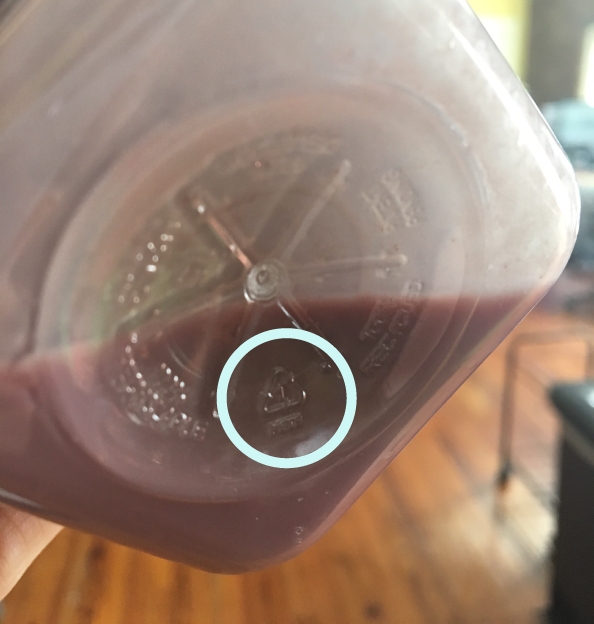
The numbers were not created to tell the general public whether something is recyclable.
These numbers are actually called RICs (In the recycling and plastics industry, pronounced “Ricks” for short) — which stands for Resin Identification Codes. These numbers only apply to plastics, so you’ll never see them on paper, glass or anything else.
If a package is made of one of those types of plastics, then it might have the number stamped onto it, but not always. We could go through each number for you, and tell you what type of plastic it stands for and what type of packaging is usually made with each type of plastic, but we don’t think you’ll find that very helpful. Here’s why.
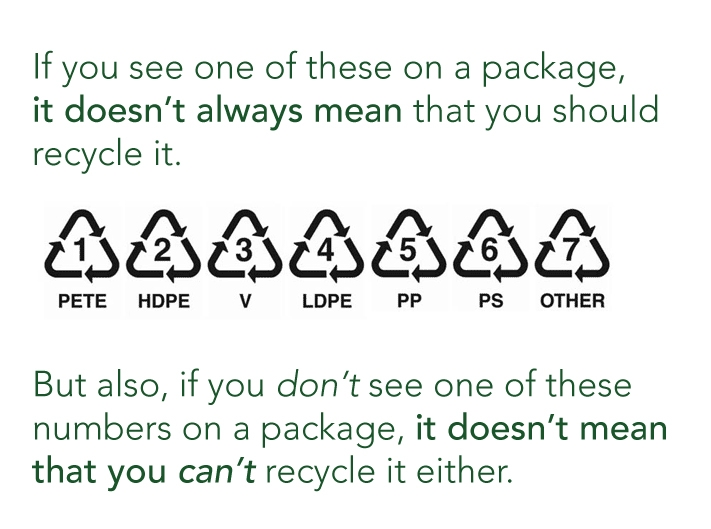
In some places, communities specify what “number” plastics that residents can recycle. But not all communities do this. In fact, the culture and language of recycling can be very different town to town.
Here are some examples of how American cities and towns talk about plastic differently, and how the numbers are sometimes intertwined with that, and sometimes not.

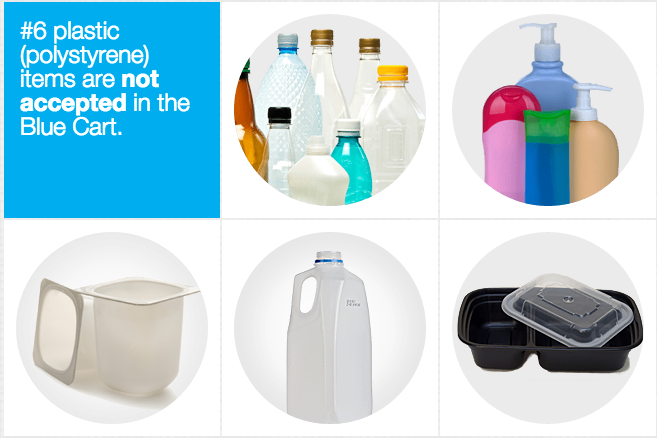
The City of Chicago uses mostly pictures to tell residents what they recycle, but only specifically mentions number 6 (as something they don’t want).
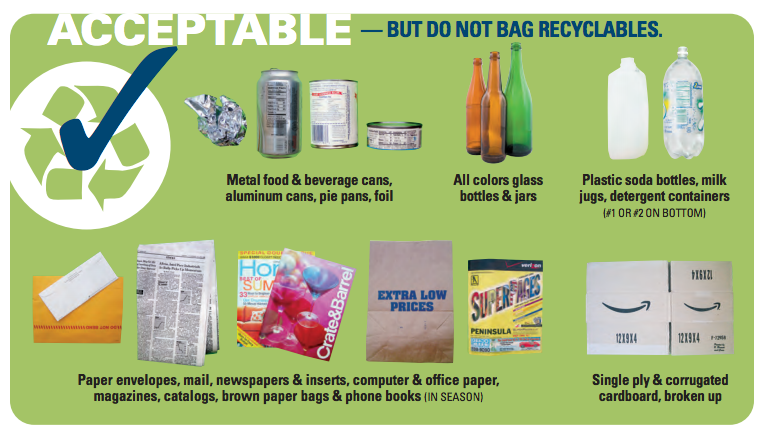
These numbers have been confusing people so much that there was a recent rule put out by ASTM International (the organization that maintains the numbers system)--to switch the chasing arrows around the numbers to a solid triangle.
In 2013, the rules were revised so the number should be inside a triangle instead of moving arrows, to try to not confuse the type of plastic with its recyclability.
Even on top of all this, the plastic industry’s guidelines for using RICs state that manufacturers must put them in an unnoticeable place on a package and not use them for saying something is recyclable! This is why they’re often small and hard to find. Additionally, they’re required on certain plastic packaging in 39 states in the United States, but not all.
There’s actually a movement away from communities using these numbers when talking to their residents about recycling.
So how do you know what to recycle?
Here’s where How2Recycle comes in. It’s a label designed for all Americans. Here’s a few reasons why it was important to develop a national system:
- It would be logistically impossible for a company with a national distribution of products to make a special recycling label for each and every American town, based on how that town talks to their residents about plastic recycling. Our label is designed to work in all states. So we’re practical.
- We work with companies to evaluate how their packaging should be recycled, and we find the most up-to-date, accurate recycling data to base our decisions on. We consult with experts and take care to correctly evaluate the recyclability of every package. So that means that almost every time, all the information you’ll need is on the How2Recycle label. You don’t need to go hunting for those numbers anymore!
Here are the How2Recycle labels:

Our label system breaks things down into easier categories for you. We base our labels on what the recycling industry needs and accepts, so we do all the hard work for you.
We also emphasize best practices for recycling with our label, such as instructing to Empty & Replace Cap on plastic bottles. Not all communities may currently follow this instruction, but recyclers and communities nationwide generally recognize it as the best thing to do with caps. What that means is that some cities and towns haven't changed what they’ve done with recycling for many years, even if the industry has shifted in a certain direction. They also may have a good specific reason, local to their area, for why they tell residents to do or not do something, when it comes to recycling. So just know that your local recycling program may or may not be relying on assumptions, from a certain time or from a certain perspective.
How2Recycle is not against the recycling numbers, and we’re not trying to replace them, either. Instead, How2Recycle is going beyond them. We’re trying to make it so you don’t have to memorize which numbers are recyclable in your town or worry about finding that number, which is small and often tucked away on packaging (on purpose!). Even more, many towns are moving away from communicating recyclability to residents in terms of these numbers (because of all the confusion we’ve explained), so our label system is also designed to endure the passage of time.
How2Recycle is making recycling easier. We’re taking recycling labels to the next level. We’re the only national recycling labeling system. Join us!
